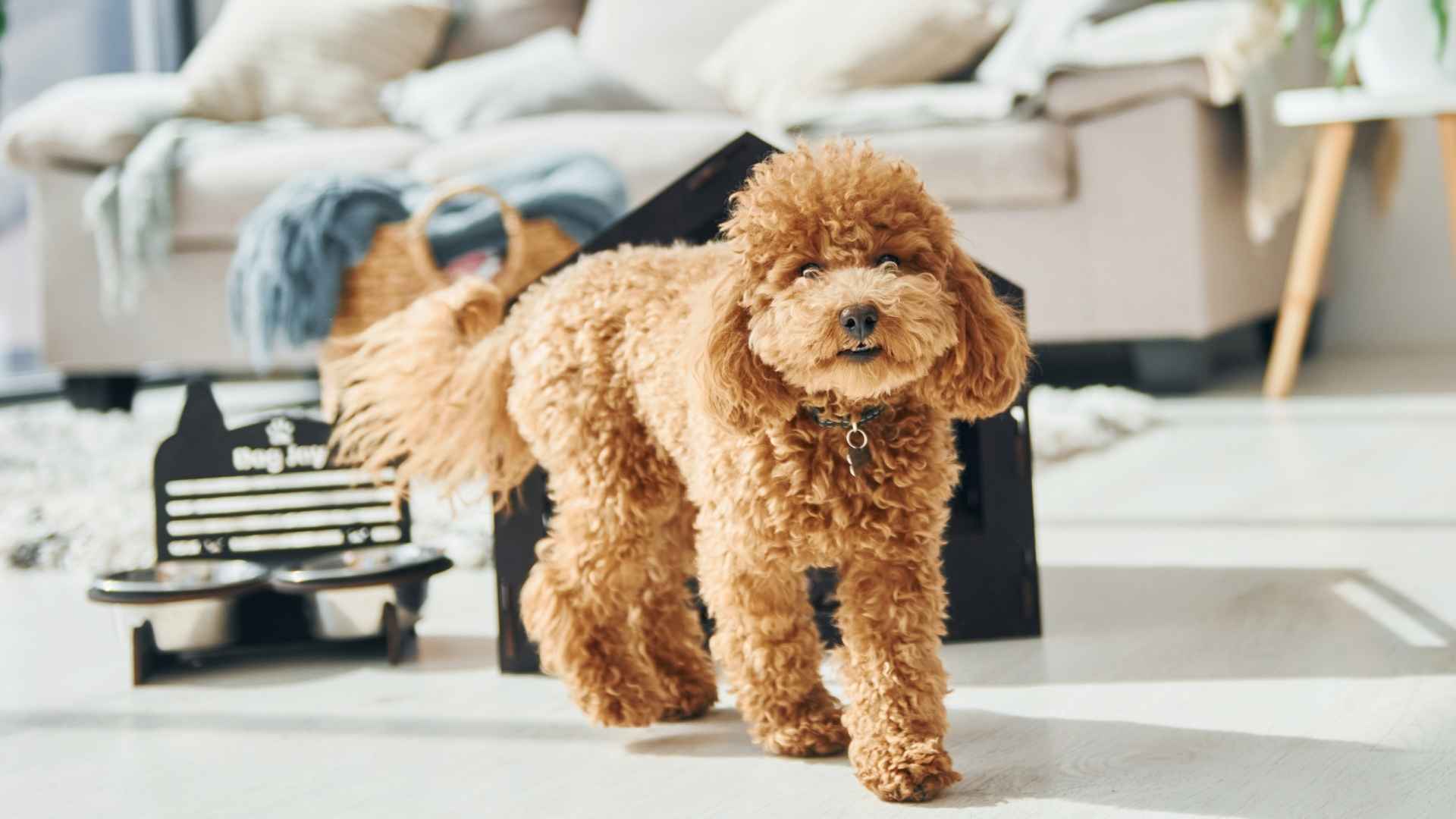You might find it surprising that smaller dogs often clock in more years than large dogs. As per The Guardian, they routinely live into their late teens or even early twenties, outpacing many senior dogs. For owners seeking graceful ageing, these breeds offer a natural blueprint.
The dog’s health isn’t just about lifespan. It is about how each breed maintains muscle mass, joint strength, and vitality into old age. Understanding breed-specific traits matters: while large breeds often face an earlier onset of conditions like joint decline and cancer
On the other hand, small breeds, with stable genetics and manageable metabolism, sustain vitality longer. This blog explores what sets them apart
This post dives into certain breeds known for ageing gracefully. We’ll explore why these breeds sustain good health into their golden years. You’ll know how diet, exercise, dental care, and vet checks make a difference. If you want a devoted friend that stays sprightly well into their senior years, let’s meet the breeds that show how it’s done.
Dog Breeds That Age Slowly and Gracefully
1. Border Collie
Border Collies have 9 records in the Guinness Book. Remarkable right? This reflects their unmatched energy and exceptional athleticism. The Border Collies also have larger life spans, ranging from 12-15 years, according to PetMD. They age like a fine wine!
Border Collies stay sharp and active even at an old age. But for their sharpness in the later years, they require regular exercise and mental stimulation. This helps maintain their mobility and work ethic, and if not provided, they might suffer anxiety.
An old Border Collie can be as agile and playful as a pup. Regular grooming and care also help prevent health concerns.
2. Poodle

Poodles, known for their longevity, live for 10-18 years, as per the American Kennel Club. They are small in size but charming with their glamorous, curly coats. Their coats are also hypoallergenic, which provides them protection from many diseases and allergies. This also increases their overall life expectancy.
Generally speaking, Poodles, whether miniature, toy, or standard, are all very playful and active. They are also very intelligent and affectionate, which makes them highly trainable. Poodles might suffer from dental diseases like tooth decay and gum disease if not cared for and groomed properly.
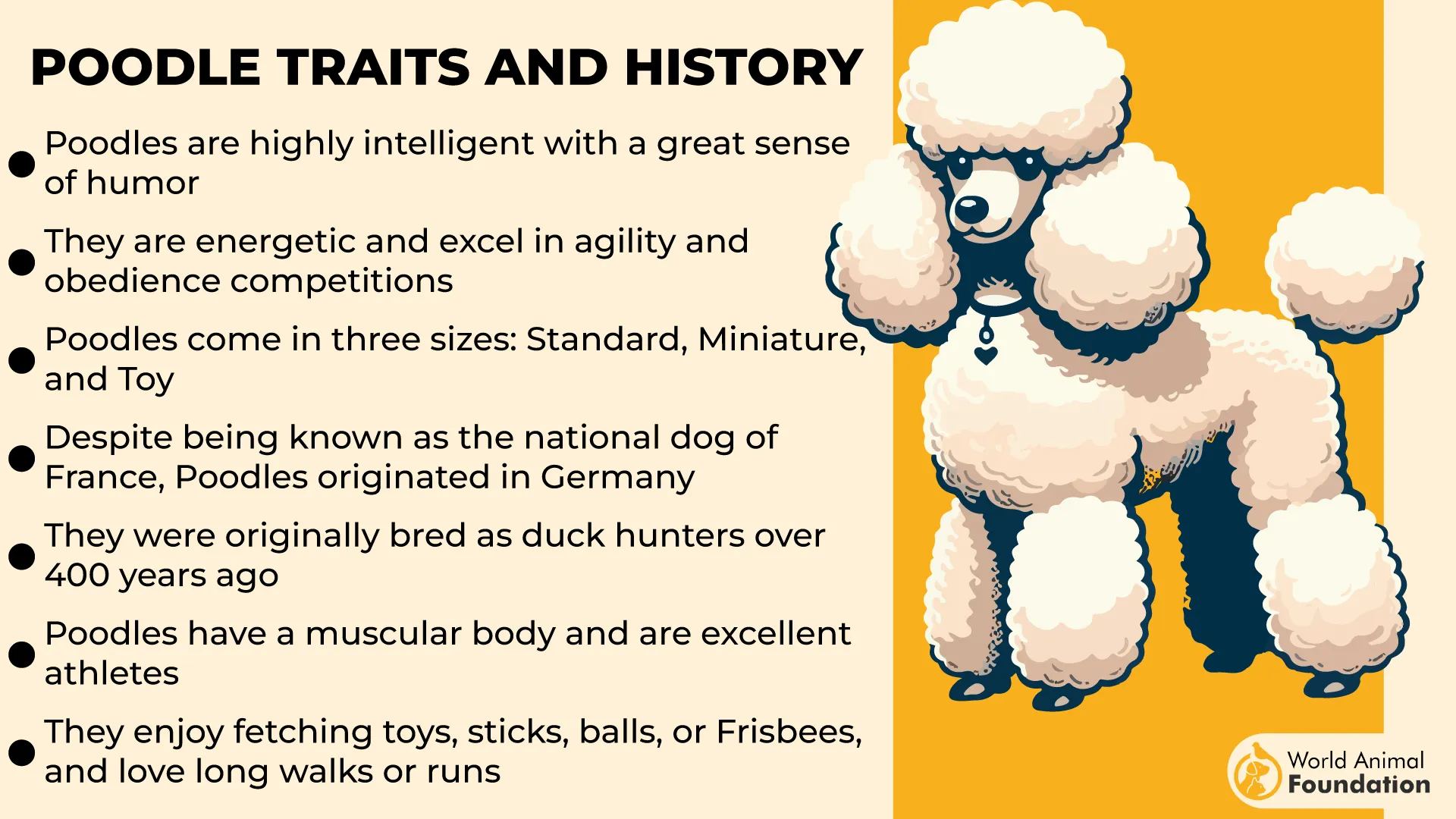
Regular exercise and mental training help Poodles live actively and efficiently throughout all life stages. They are gracefully aging dogs in their golden years. They retain their agility and athleticism even past 10 years.
3. Labrador Retriever
Labrador Retrievers, even when they become older dogs, still retain their well-built physique and hyperactivity. They stay agile and work efficiently throughout their lives. An average Labrador lives 11-13 years.
Originally bred to retrieve fish in waters, Labradors are famous for their versatility. They have a good understanding and intellect, besides their strength and athletic nature. This makes them suitable for rescue, search, hunting, and security.
Their strong work ethic demands daily physical stimulation and challenging tasks to stay sharp. A Labrador Retriever stays active and workaholic all its life. They are genetically predisposed to hip dysplasia, which can be prevented by exercise and weight management.
4. Beagle
Beagles are fun-sized dogs, popular for their slow aging process. They are very friendly and loyal and have an unending energy and enthusiasm. Beagles live for 10-15 years.
Beagles are super active and agile dogs. They are one of the best when it comes to tracking. Beagles with their strong scenting ability track down humans and animals, and can also help in retrieving.
Beagles are prone to hip dysplasia and other health concerns, such as vision loss and hypothyroidism. They must be groomed and maintained for a healthy life. Regular mental and physical stimulations help them stay sharp from puppyhood to senior age.
5. Cocker Spaniel
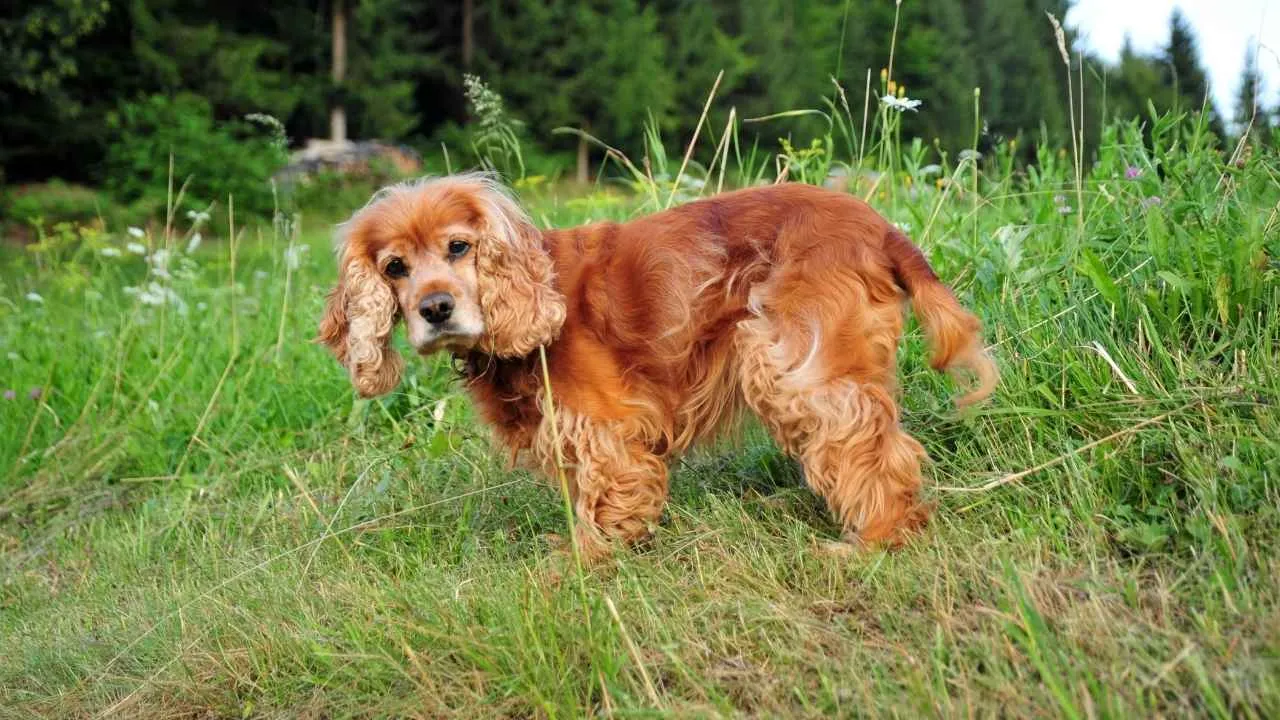
The name “Cocker Spaniel” comes from the woodcock game bird, which these dogs used to track and retrieve for hunters, as per Hill’s Pet. Cocker Spaniels are medium-sized dogs with an elegant look and a charming personality. Their average life span is 10-14 years.
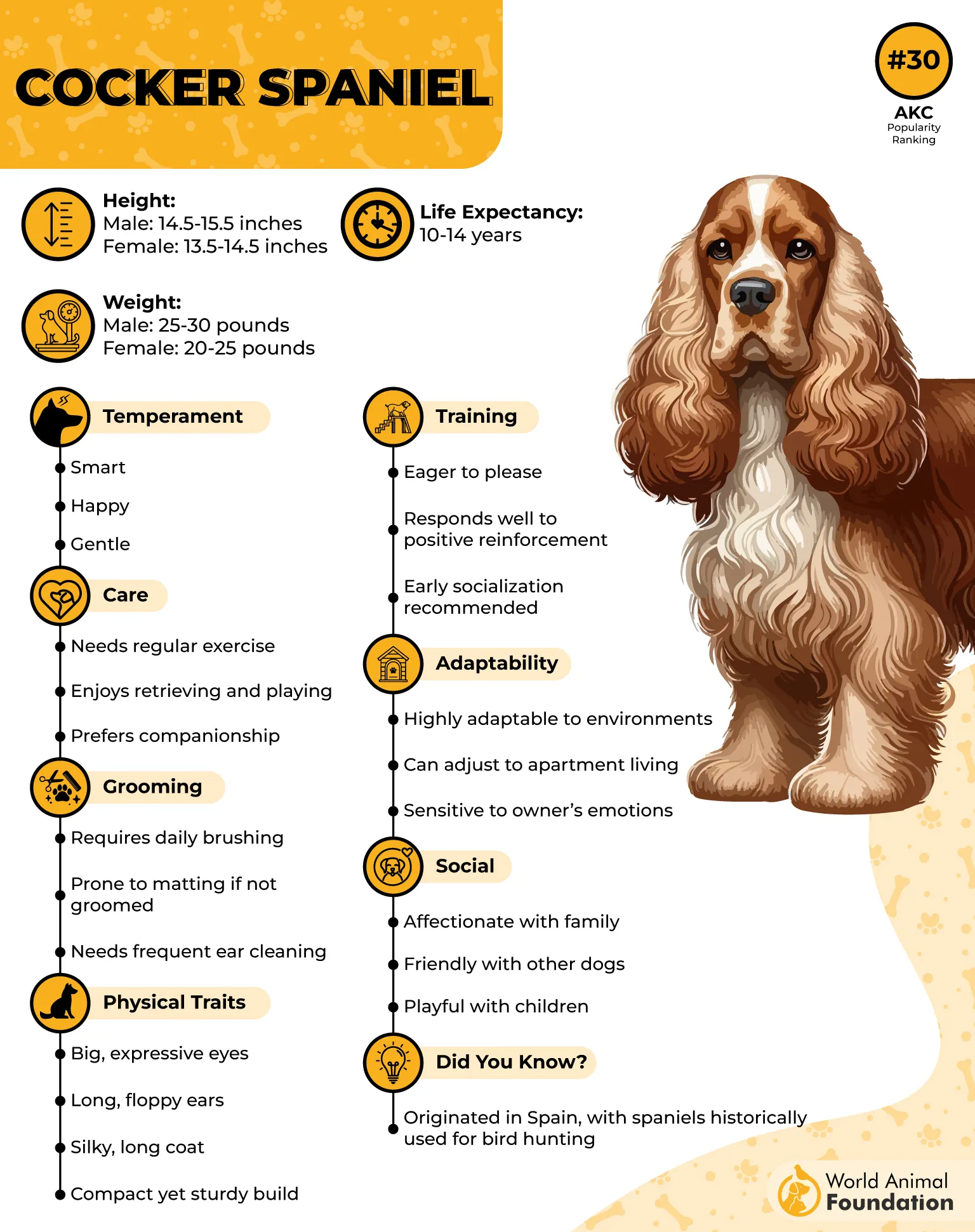
Cocker Spaniels age gracefully without showing signs of physical or health decline. They have an affectionate and obedient nature and can easily be trained for various tasks. They might not be that athletic, but they are very active and playful, and enjoy walks.
These dogs are among the breeds that never seem to retire from their duties. Regular physical training keeps them sharp in their later life stages and helps prevent joint issues and tiredness.
6. Miniature Schnauzer
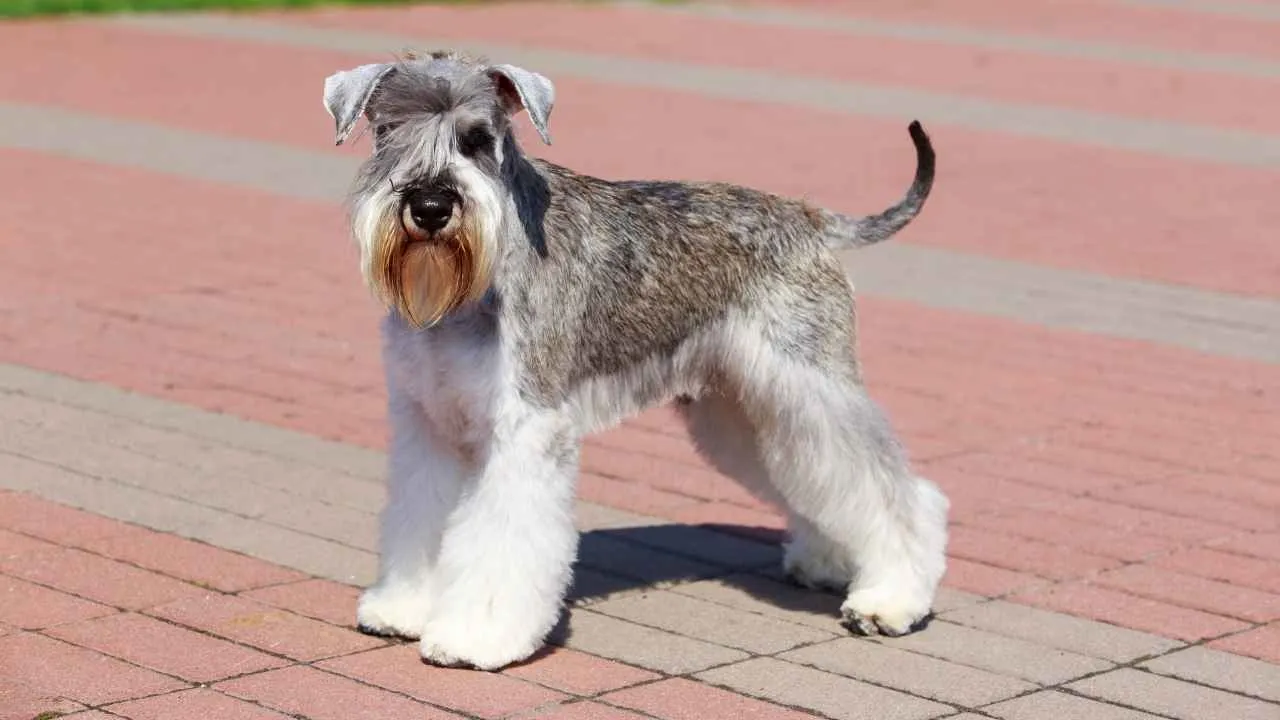
Did you know the cute mustache of the Miniature Schnauzer is not just a fashion statement, but battle gear? It protects their face from bites and scratches while hunting rats and vermin. Miniature schnauzers have a compact stature with adorable, wiry coats.
Miniature Schnauzer stays sprightly well into senior years. Other breeds, particularly larger breeds, often slow down sooner. Mini Schnauzers are considered medium‑sized dogs with an average lifespan of about 12–14 years, as WebMD mentions.
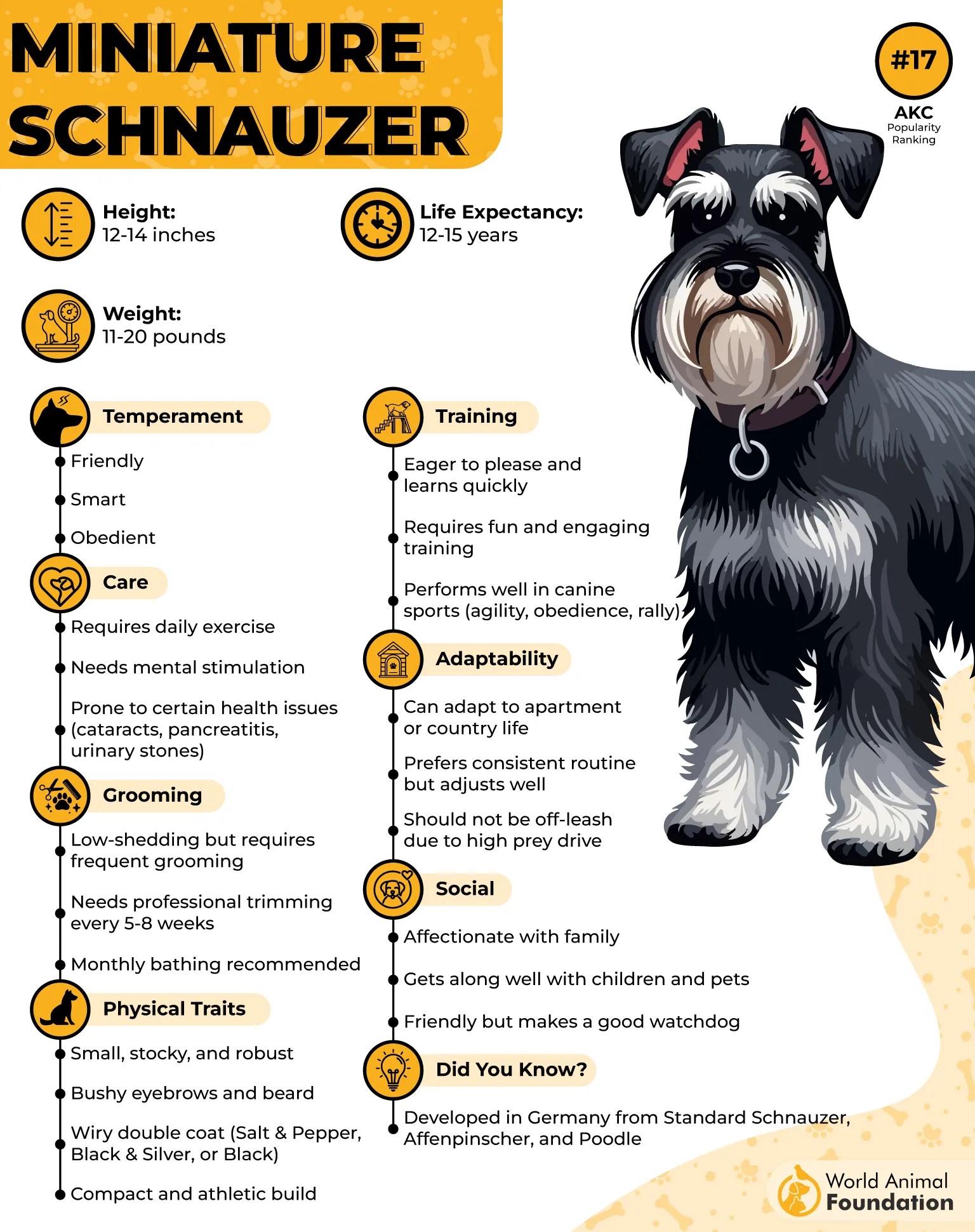
Although spirited and clever in behavior, they’re notorious for bad breath and dental disease. It can cause discomfort and even pain if regular dental care is not provided. As dogs age, tartar builds quickly in their small mouths, leading to periodontal disease that may affect overall health.
Regular brushing, water additives, and veterinarian cleanings are essential to ease pain and preserve the quality of life—and help your furry friend age gracefully.
7. Dachshund
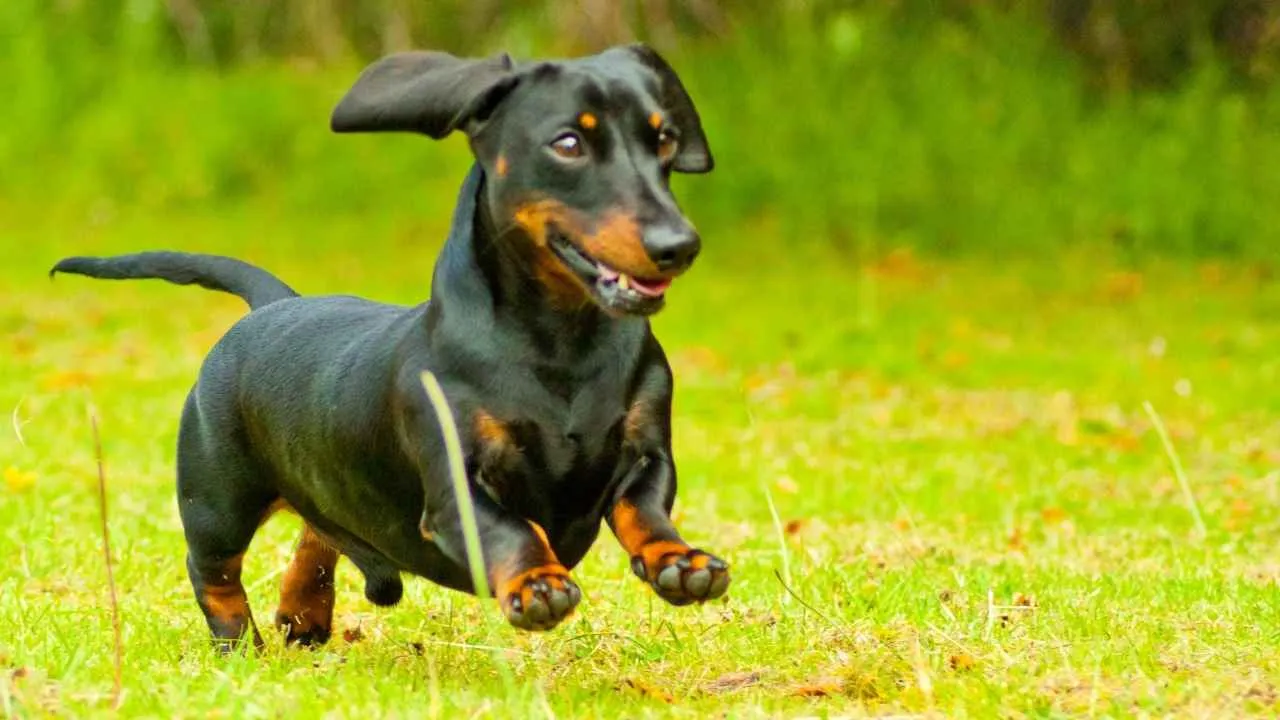
Imagine a spry little Dachshund bounding about in their mid-teens, still full of zest. It is a fact that smaller ones, especially, tend to live vibrantly into their senior years.
Dachshunds typically enjoy 12–16 years, with exceptional ones reaching even 20 years thanks to smart care and strong genetics.

They tend to face risk factors like spinal issues (IVDD), obesity, and arthritis. Focusing on weight control, joint-healthy supplements, and proper lifting techniques can make a significant difference.
Other key factors include mental stimulation, regular veterinary check-ups, and low-impact activities to maintain mobility without pain. Keep a close watch on back health, diet, and daily habits, and you’ll find these charming companions aging gracefully long past middle age.
Conclusion
As we’ve seen, whether your companion is from among the giant breeds or the charming small breeds, aging is a journey. It is shaped by size, genetics, and mindful care. Giant breeds typically hit “senior” status by age 5–6 and often live just 6–10 years.
In contrast, many small breeds don’t reach seniorhood until 10–13 years and can enjoy vibrant, active lives into their mid-teens or beyond.
That means a tiny dog and a gentle giant age on very different calendars. Both, however, benefit hugely from proactive wellness. Once dogs are considered seniors (typically in the last 25% of their expected lifespan ), our focus must shift. We should think about tailored nutrition, regular vet checkups, joint supplements, and weight control.
Early screening around 4–5 years is key. That window may arrive much later, but the benefits are just as impactful. Ultimately, size may set the stage, but attentive care determines whether those senior years will truly be golden.


